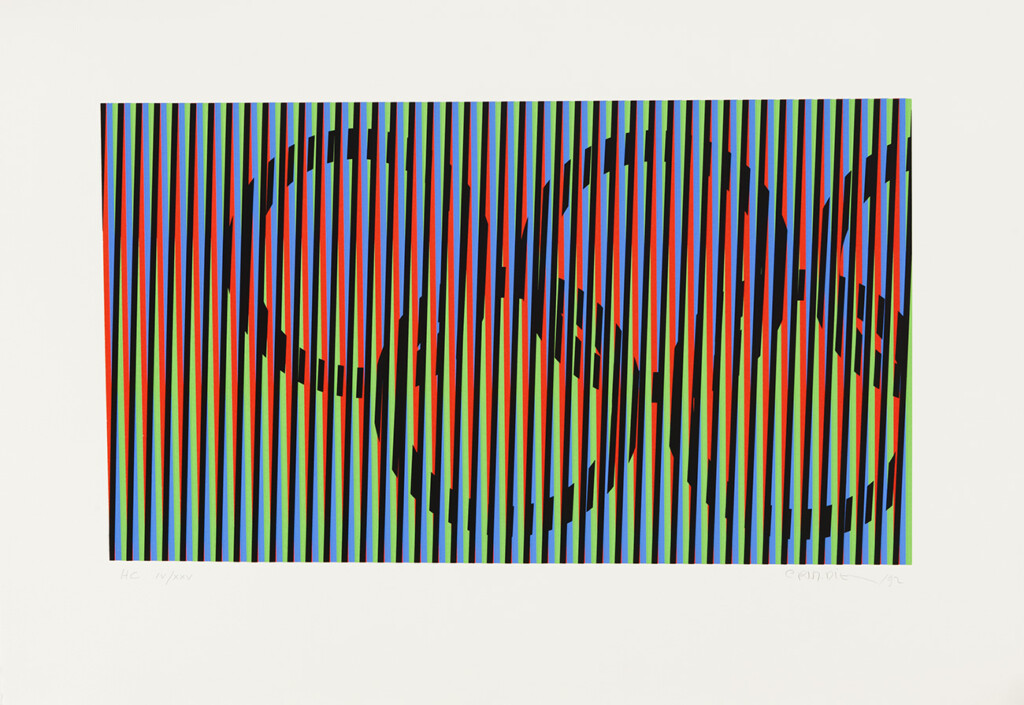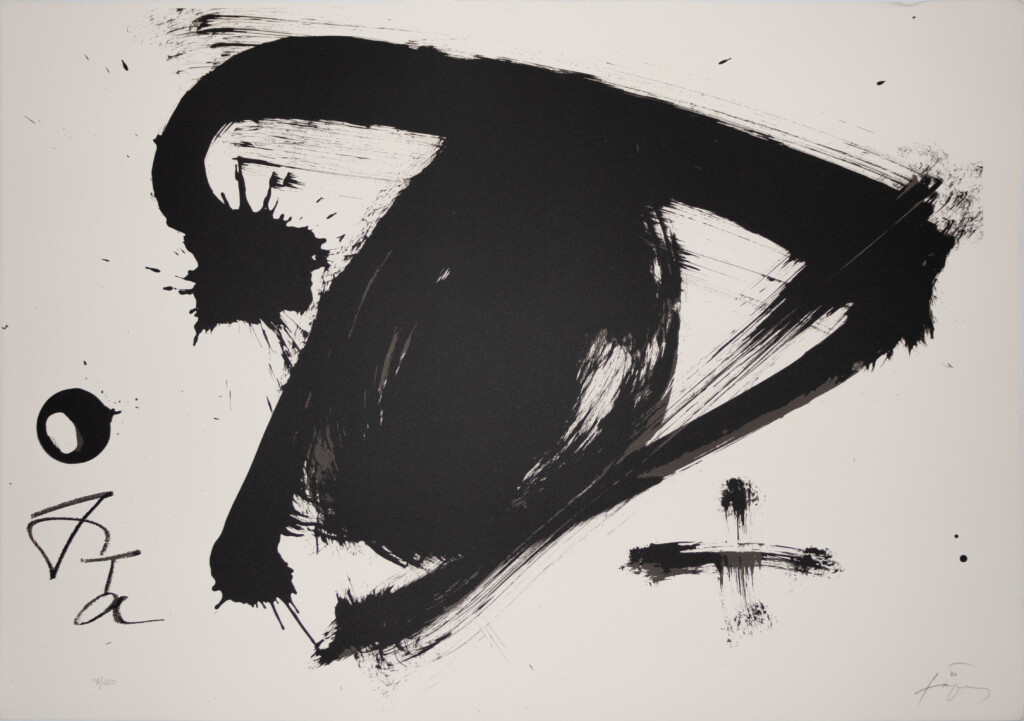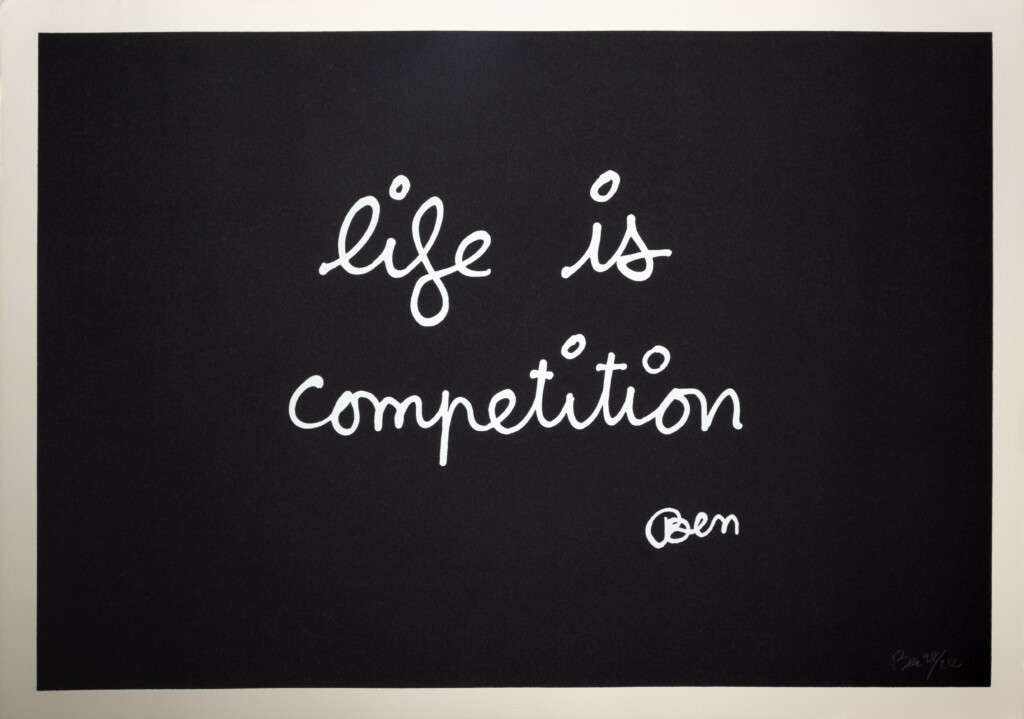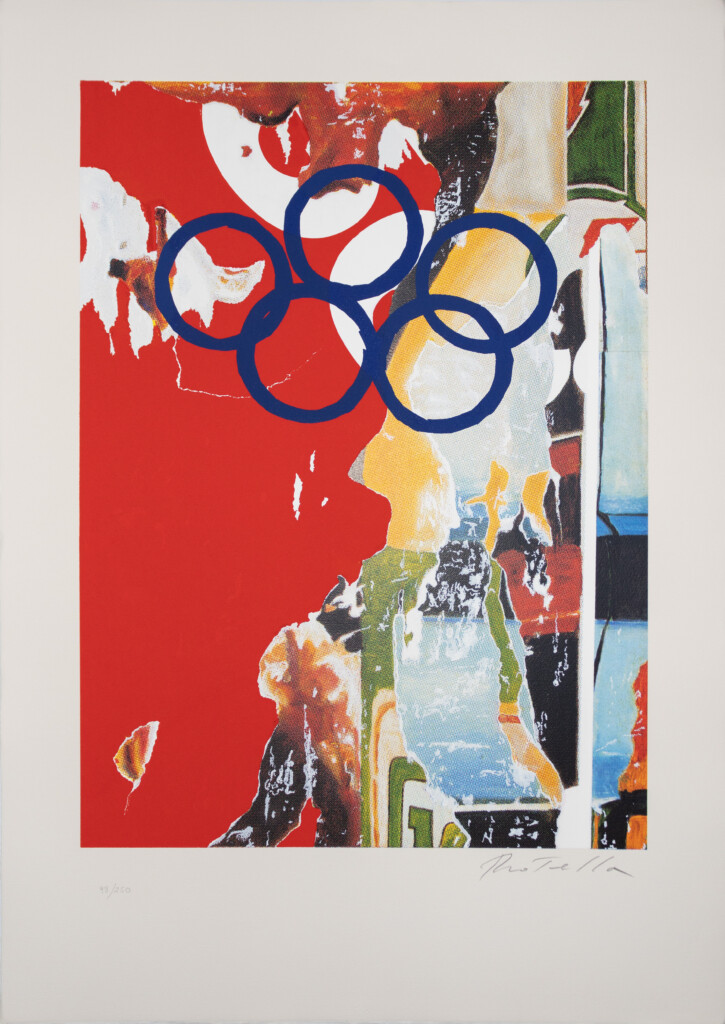- No products in the cart.
Suite Olympic Centennial. Recapturing the Olympic spirit
Centenaries are always a cause for celebration. They are irrefutable proof that tradition and perseverance have overcome any adversity that time may have thrown at them. And in the case of sport, one hundred years of dedicated quadrennial events is a milestone that should be commemorated in the most solemn way possible. For this reason, in 1992, coinciding with the celebration of the Barcelona Olympic Games, the Suite Olympic Centennial was held, which commemorated the centenary of the celebration of the first modern Olympic Games.
When did it all start?
History marks the beginning of these games around 1892, when Baron Pierre de Coubertin announced at a session of the Union française des sports athlétiques – Union of French Athletic Sports Societies – the celebration of the first Olympic Games of the modern era (1896), thus re-establishing this sporting event after more than 1,500 years without being held. The Games, a symbol of peace and universal alliance between the different countries of the world, once again brought together athletes from all continents to celebrate the great festival of sport in the birthplace of this age-old tradition: Athens. The Olympic return to Greece paid homage to the origins of these games, bringing together a small part of humanity in the city that saw the birth of sport and its competitions as we conceive them today.
The Olympic Centennial Suite as a symbol of unity between countries
In 1992, one hundred years after this session that shaped the Games of the First Olympiad, the International Olympic Committee, chaired by Juan Antonio Samaranch, decided to pay tribute to this event in a unique way that was closely related to the visual arts. It was from Barcelona, the Olympic city at the time, that the creation of an artistic piece commemorating the centenary, known as the Suite Olympic Centennial, was coordinated. The Suite was a collection of fifty works of art by fifty international artists, representing the different artistic currents of the time. This selection of artists was managed by a group of experts that included none other than one of the founders of Galeria SENDA, so we are very excited to be able to share his involvement and commitment to this event with you.
The artists who brought the Suite Olympic Centennial to life
Many of the artists who made up this union of virtuosos of the arts were great exponents of a very wide range of currents. Their contributions to this collective work of art were crucial to the creation of a symbol of fraternity that transcended the annals of art history. Below, we will talk about some of the artists who collaborated in the construction of the Suite Olympic Centennial.
Carlos Cruz Díez
Venezuelan artist Carlos Cruz Díez is internationally renowned as the creator of Op Art, a style of visual art that makes use of optical illusions. Cruz Díez’s vision is clear: to question the classical division between painting and sculpture, thus conceiving works that confront both arts in order to merge them into a single piece. For this reason, the artist uses the reliefs typical of sculpture in his paintings to create optical effects that produce the impression, at first glance, of movement in the paintings. It is therefore obvious to state that Cruz Díez plays with sensations to invite us to see with the human eye something intangible such as movement. In his pictorial works, such as the one he created for the Suite Olympic Centennial, we can appreciate how the artist invades us with a complete chromatic experience that invites the spectator to let himself be carried away by sensory perception and not by logical reason.

Carlos Cruz Díez. Suite Olympic Centennial (1994). 100 x 70 cm. Engraving
Antoni Tàpies
The Catalan Antoni Tàpies did not miss this opportunity to be part of art history either, participating in the making of the Olympic Centennial Suite. Characterised among those closest to him by his desire to embellish everyday life, Tàpies’ style stems from surrealism, influenced by its greatest exponents such as Paul Klee, Joan Miró and Joan Ponç. However, Tàpies is known worldwide for being part of the informalist movement, a style strongly rooted in chance, improvisation, the use and experimentation of materials and the rejection of premeditated construction. Antoni Tàpies, with works such as the one presented in the Suite Olympic Centennial, shows his inner abyss through the expressiveness of the materials, with his characteristic crosses and initials engraved on the canvas.

Antoni Tàpies. Suite Olympic Centennial (1994). 63 x 90.5 cm. Engraving
Eduardo Chillida
«My aim is to define three-dimensional emptiness through three-dimensional fullness», said Eduardo Chillida when asked about his work. The Basque artist, author of iconic sculptural works such as “Peine del Viento”, which clads the coast of San Sebastian, dared for this special occasion to create an engraving that challenges his concern about how to expose empty space in pictorial works. Through his own artistic language, Chillida shows the emptiness to the public thanks to the fullness, charging his creations with a strong artisanal force. Influenced by his sculptural training and by the traditions of the Basque people, Chillida dazzles us with pieces that invite the spectator to empathise with an artist divided between sculpture and painting.

Eduardo Chillida. Suite Olympic Centennial (1994). 70 x 100 cm. Engraving
Ben Vautier
Under the slogan «Any action an artist makes is art», Ben Vautier has established himself as an artist who fuses his most plastic side with his most poetic vocation. Camouflaged in a clearly childish calligraphy, Vautier hides great and profound statements in the strokes he writes on his canvases. Self-defined as a zero-visceral artist, Vautier considers himself an individual driven by premeditated theoretical reflections. Therefore, for the Olympic Centennial Suite he writes on a black background «Life is competition – Ben», i.e. «Life is competition – Ben», opening our eyes to a reality of the human condition. Artists who use language as a means of expression in their work seek to awaken the viewer, and that is exactly what Vautier achieves with phrases such as the one written for the Suite Olympic Centennial.

Ben Vautier. Suite Olympic Centennial (1994). 100 x 70 cm. Engraving
Peter Saul
It is impossible to talk about Peter Saul and not imagine one of his colourful creations. Using aggressive caricatures and exaggerated distortions, he succeeds in immersing the viewer in a narrative in which Saul mocks a system mired in capitalism. Peter Saul has long been associated with the Pop Art movement, although the artist has always radically separated himself from this movement due to his political convictions. Saul’s style is clear: transforming characters and settings into bland, visceral forms through graffiti-like drawings, with garish colours deliberately chosen to make them feel vulgar in the eyes of the public. For the Suite Olympic Centennial, Peter Saul chooses green to colour his work, caricaturing the athletes in different animals and strange bodies.

Peter Saul. Suite Olympic Centennial (1994). 100 x 70 cm. Engraving
Mimmo Rotella
The artist Mimmo Rotella is capable of capturing contemporary reality from a documented expression rooted in neorealism. In fact, Rotella has been a great exponent of Mec Art, a current that takes the art of photography as its starting point, using image transfer techniques. This style has been considered a response to the subjective and lyrical content of European Informalism, which employs mechanical resources to create works of art based on movement. In his project for the Suite Olympic Centennial, the Olympic rings take center stage in an amalgam of grainy, textured backgrounds.

Mimmo Rotella. Suite Olympic Centennial (1994). 70 x 100 cm. Engraving
El legado de cincuenta artistas
That is why we can say that the Suite Olympic Centennial was a before and after in the history of the Olympic Games, a celebration of success, a symbol of the unity of peoples. Each work that forms part of this project is a small contribution to a legacy that is not only about sport, but also about art and humanity.
























































































